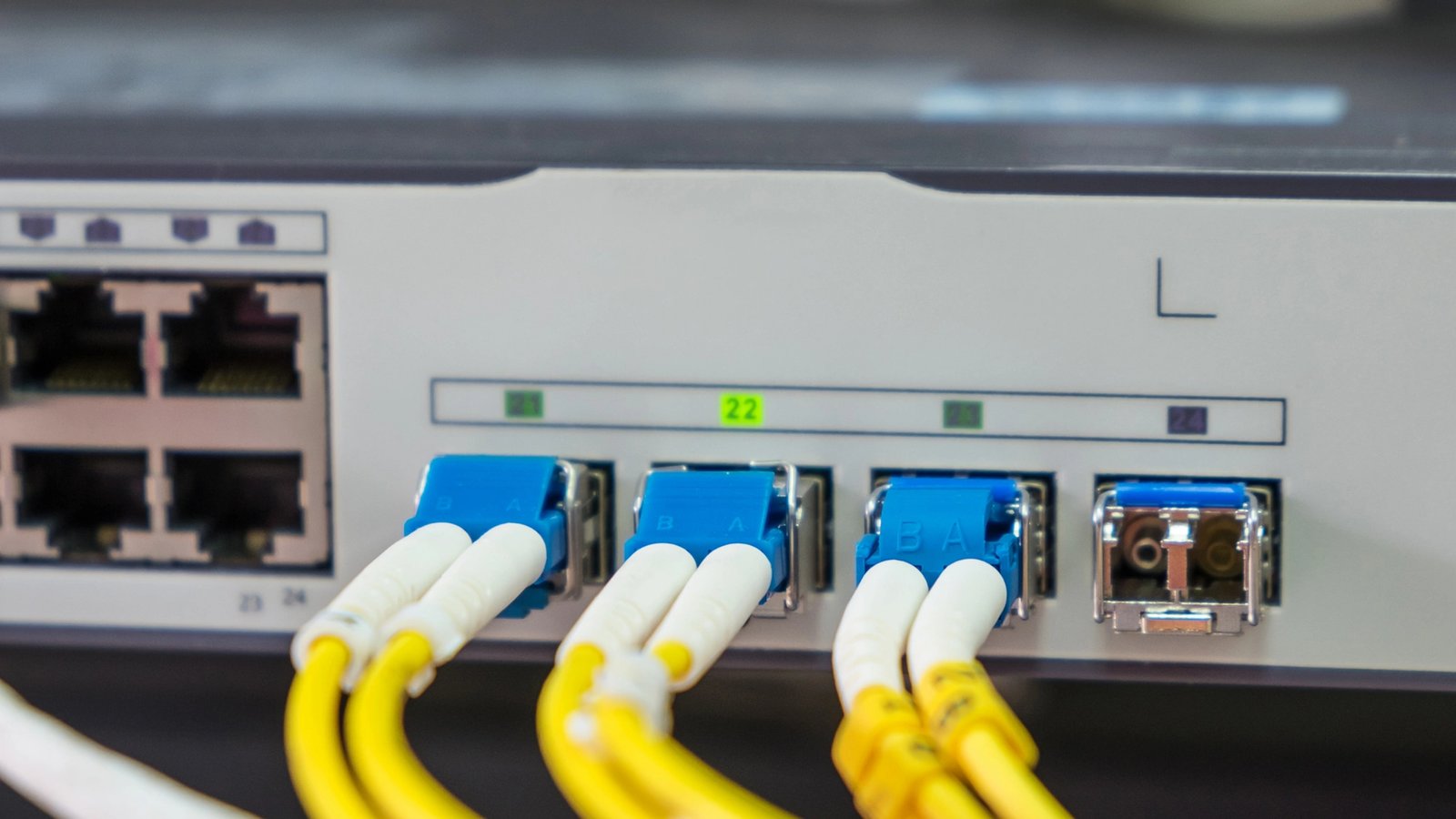In today’s hyper-connected world, businesses and service providers face increasing challenges in managing network traffic efficiently. With the rise of cloud applications, IoT devices, and real-time communication tools, ensuring optimal bandwidth allocation and application performance is critical. CPE-Based Application Recognition & Traffic Steering plays a pivotal role in addressing these challenges by intelligently identifying applications and directing traffic to enhance user experience.
This article explores how CPE (Customer Premises Equipment)-based solutions enable smarter traffic management, improve QoS (Quality of Service), and support dynamic network demands—all while maintaining security and efficiency.
Understanding CPE-Based Application Recognition
CPE devices, such as routers and gateways, sit at the edge of a customer’s network, acting as the first point of contact for incoming and outgoing traffic. Application Recognition refers to the ability of these devices to identify different types of traffic (e.g., video streaming, VoIP, file transfers) in real time.
How Does It Work?
Modern CPE solutions leverage:
- Deep Packet Inspection (DPI): Analyzes packet headers and payloads to classify applications accurately.
- Machine Learning (ML): Adapts to new and evolving applications by learning traffic patterns.
- Signature-Based Detection: Uses predefined application signatures for identification.
By recognizing applications, network administrators can prioritize critical traffic (e.g., video conferencing) over less urgent data (e.g., software updates).
The Role of Traffic Steering in Network Optimization
Once applications are identified, Traffic Steering ensures that data flows through the most efficient path. This involves:
1. Quality of Service (QoS) Policies
- Assigns priority levels to different applications.
- Minimizes latency for real-time applications like VoIP and video calls.
2. Load Balancing
- Distributes traffic across multiple links (e.g., broadband, LTE, MPLS) to prevent congestion.
- Enhances redundancy and failover capabilities.
3. Bandwidth Management
- Allocates bandwidth dynamically based on application needs.
- Prevents non-critical applications from hogging network resources.
4. Path Selection
- Directs traffic through optimal routes (e.g., using SD-WAN principles).
- Reduces bottlenecks and improves end-user experience.
Why Businesses Need CPE-Based Application Recognition & Traffic Steering
1. Improved User Experience
- Ensures smooth performance for mission-critical applications.
- Reduces buffering in video streams and lag in online gaming.
2. Enhanced Security
- Identifies and blocks malicious or unauthorized applications.
- Enforces policies to restrict non-business-related traffic.
3. Cost Efficiency
- Optimizes bandwidth usage, reducing the need for costly upgrades.
- Leverages multiple connection types intelligently.
4. Future-Proofing Networks
- Adapts to new applications and protocols without manual intervention.
- Supports IoT and 5G-ready infrastructures.
Real-World Applications
1. Enterprise Networks
- Prioritizes VoIP (Zoom, Microsoft Teams) over less critical traffic.
- Ensures seamless cloud application performance (Salesforce, AWS).
2. Service Providers
- Delivers differentiated services (e.g., premium vs. standard internet plans).
- Reduces support calls by proactively managing congestion.
3. Remote Work Environments
- Optimizes home office setups by steering traffic efficiently.
- Secures sensitive corporate data by controlling application access.
Challenges & Considerations
While CPE-based solutions offer significant advantages, businesses must consider:
- Privacy Concerns: DPI inspects packet contents, raising data privacy questions.
- Complexity: Requires proper configuration to avoid misclassification.
- Scalability: Must handle increasing traffic volumes without performance degradation.
Choosing the right CPE solution with advanced AI-driven analytics can mitigate these challenges.
Conclusion
CPE-Based Application Recognition & Traffic Steering is a game-changer for modern networks, enabling smarter traffic management, improved performance, and cost savings. As digital transformation accelerates, businesses that leverage these technologies will gain a competitive edge by delivering seamless, secure, and high-quality connectivity.
Investing in the right CPE solution ensures that your network remains agile, efficient, and ready for future demands.
